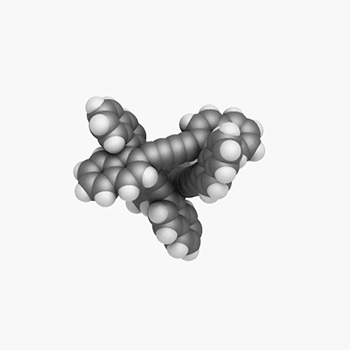You first have to make every denominator the same, so multiply all the fractions by another fraction that equals one.
=4/(3x-6)*((4x+4)(5x+10))/((4x+4)(5x+10)) - 5/(4x+4)((3x-6)(5x+10))/((3x-6)(5x+10))+2/(5x+10) ((3x-6)(4x+4))/((3x-6)(4x+4))=43x−6⋅(4x+4)(5x+10)(4x+4)(5x+10)−54x+4(3x−6)(5x+10)(3x−6)(5x+10)+25x+10(3x−6)(4x+4)(3x−6)(4x+4)
= (4(4x+4)(5x+10)-5(5x+10)(3x-6)+2(3x-6)(4x+4))/((4x+4)(5x+10)(3x-6))=4(4x+4)(5x+10)−5(5x+10)(3x−6)+2(3x−6)(4x+4)(4x+4)(5x+10)(3x−6)
You get a really large fraction, but from here you just expand simplify. You don't have to expand the denominator because nothing factors easily yet.
=(4(20x^2+60x+40)-5(15x^2-60)+2(12x^2-12x-24))/((4x+4)(5x+10)(3x-6))=4(20x2+60x+40)−5(15x2−60)+2(12x2−12x−24)(4x+4)(5x+10)(3x−6)
=(80x^2+240x+160-75x^2+300+24x^2-24x-48)/((4x+4)(5x+10)(3x-6)=80x2+240x+160−75x2+300+24x2−24x−48(4x+4)(5x+10)(3x−6)
=(29x^2+216x+412)/((4x+4)(5x+10)(3x-6))=29x2+216x+412(4x+4)(5x+10)(3x−6)
Using the quadratic formula, we can tell what the roots are for the quadratic in the numerator.
x=(-b+-sqrt(b^2-4ac))/(2a) = (-216+-sqrt(216^2-4(29)(412)))/(2(29))=(-216+-sqrt(46656-47792))/58=(-216+-sqrt(-1136))/58x=−b±√b2−4ac2a=−216±√2162−4(29)(412)2(29)=−216±√46656−4779258=−216±√−113658
Since taking the square root of a negative number gives us imaginary answers, we can conclude that the quadratic cannot factor further, and this is the final, simplified fraction:
(29x^2+216x+412)/((4x+4)(5x+10)(3x-6))29x2+216x+412(4x+4)(5x+10)(3x−6)

